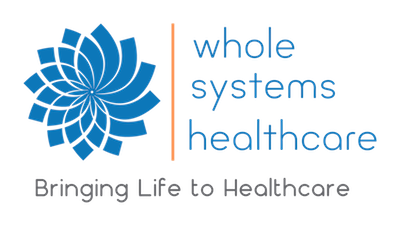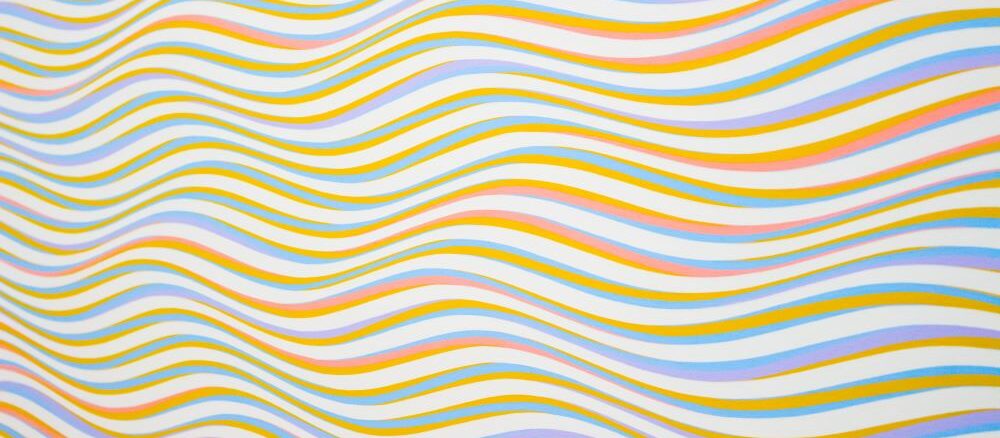Synopsis
- Chinese Medicine places a great deal of importance on feeling the pulse at the wrist.
- The pulse reflects the state of the entire body.
- In addition to the speed and the rhythm, qualities like force, height, texture, and volume are also important.
- The pulse can also reveal mental-emotional states, just as it can reveal states of physiology.
If you have ever been to see an acupuncturist or other practitioner of Chinese Medicine, they probably spent some time feeling your wrist. More precisely, they were feeling the pulse of the radial artery at the wrist. Why?
All systems of medicine have placed importance on the state of the pulse. If a person doesn’t have a pulse, they are dead, or will be dead very soon. Though originally doctors of Chinese Medicine felt the pulse at multiple locations on the body (such as the neck, the wrist, the thigh, and the ankle) these days most pulse taking is done at the wrist.
The state of the entire body can be felt at the pulse on the wrist. With every heartbeat a wave is created that travels through all the blood vessels. Just like waves of water, or waves of sound, this pulse wave bounces off every structure it contacts on its journey. When a practitioner feels the pulse at the wrist they are feeling the interaction of all these waves, which can tell them the state of the different organ systems.
In biomedicine the pulse is mostly used as a way to assess the heart, so the speed and rhythm of the pulse are the important qualities. But, the pulse isn’t just the heartbeat. The heart is not nearly strong enough to push the blood of the entire body through the blood vessels, so it has to have help. Arteries, those blood vessels that deliver blood with oxygen, are surrounded by a layer of muscle. This muscle contracts along with the heart, helping to move the blood.
In Chinese Medicine it’s not just the speed and rhythm of the pulse that is important. The force, the height, the texture, the volume, and other types of qualities are just as important. The wall of the blood vessel can be felt in addition to the sensation of the pulse. All of these qualities contribute to the understanding of the body.
In conventional medicine the pulse is generally accepted to be the same everywhere. Not so in Chinese pulse taking. At the wrist there are typically multiple different positions, with each position corresponding to a particular organ system or body area. The amount of finger pressure that a practitioner uses can also give information about different elements of the body. In short, the pulse is actually quite complex.
Because the mind and body are one, the pulse can also tell us about mental-emotional states. Anger, sadness, fear, anxiety, depression, all of these manifest on the pulse. Difficulties such as lack of motivation, low will power, lack of joy, relationship troubles, and such, are also evident when feeling the pulse.
The pulse system I study is known as the Shen-Hammer system, or more formally, Contemporary Chinese Pulse Diagnosis. There are many different pulse systems that have been passed down through time; this is an incredible system, intricate, detailed, and profound. I hope you may have the opportunity sometime to experience the power of this lineage.



